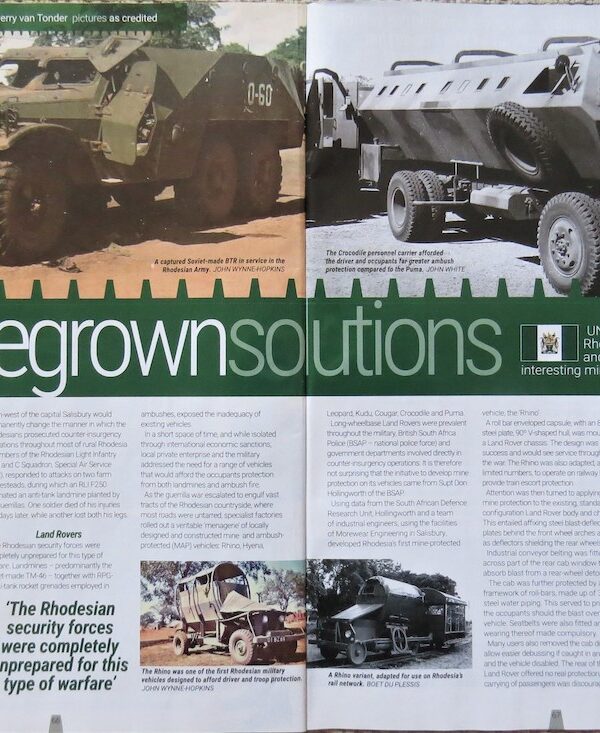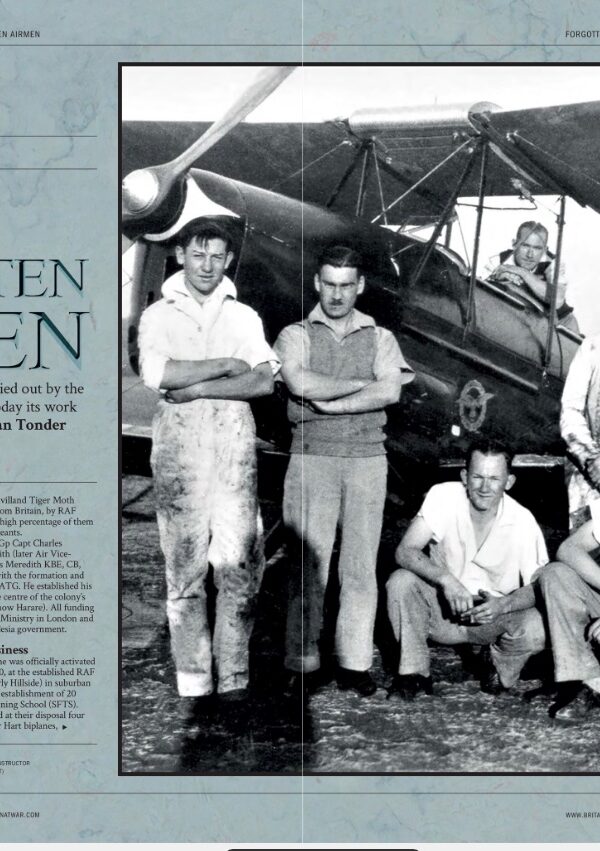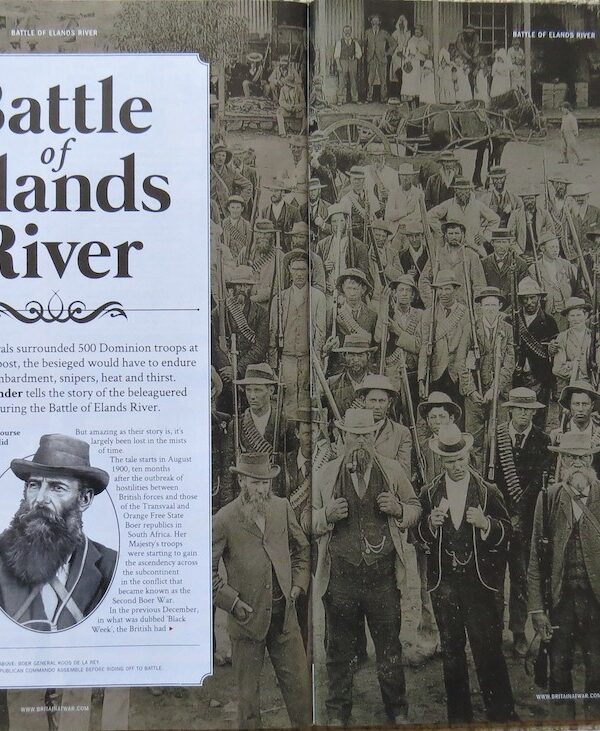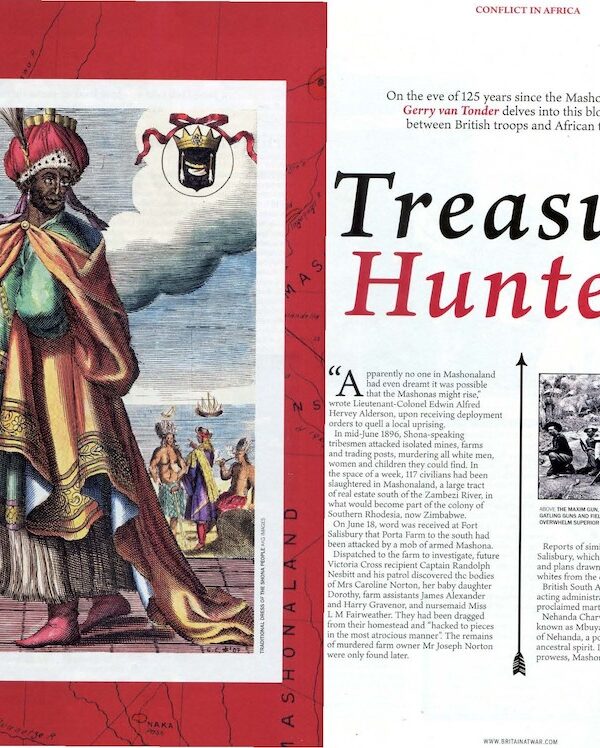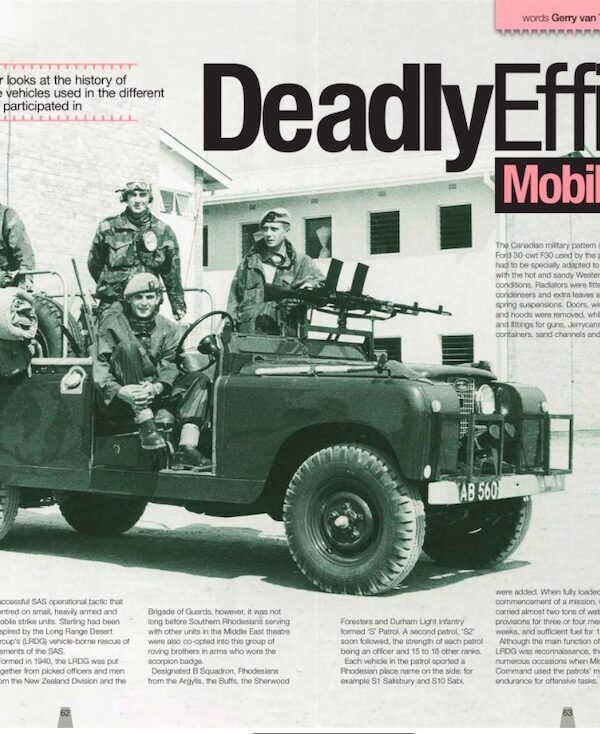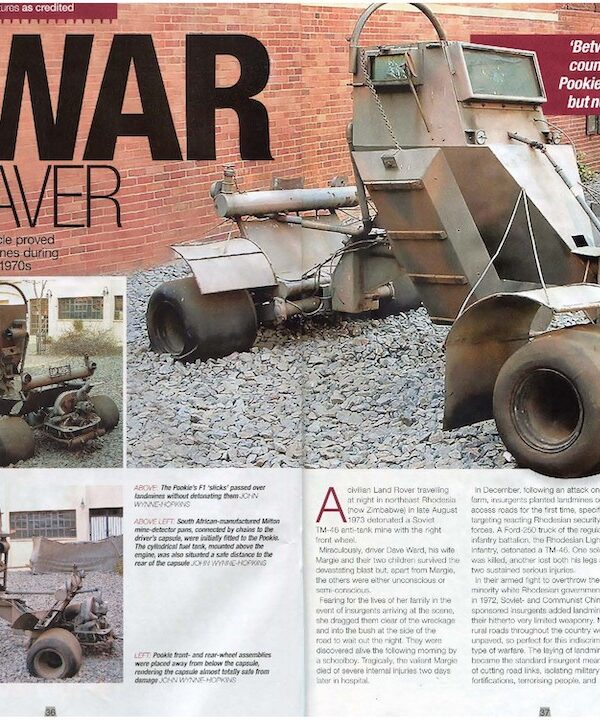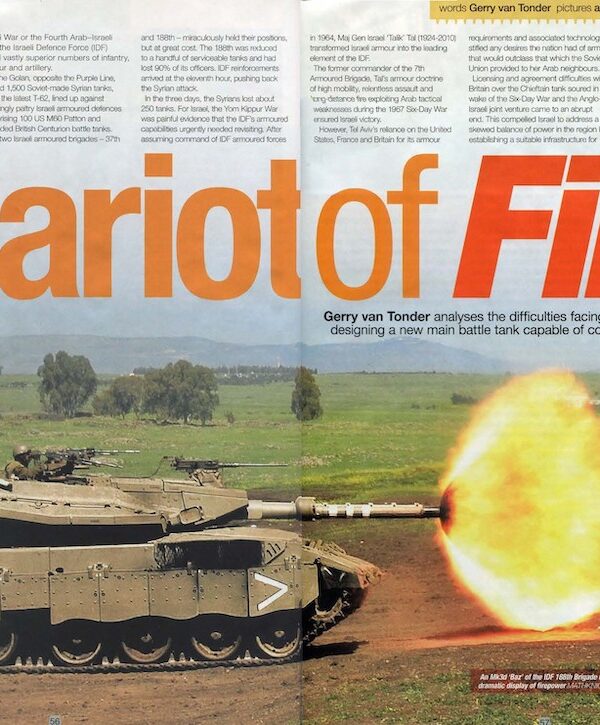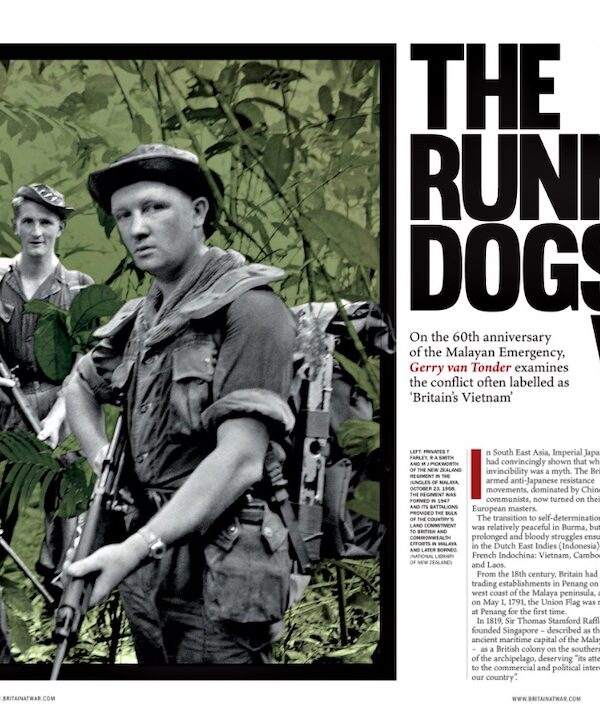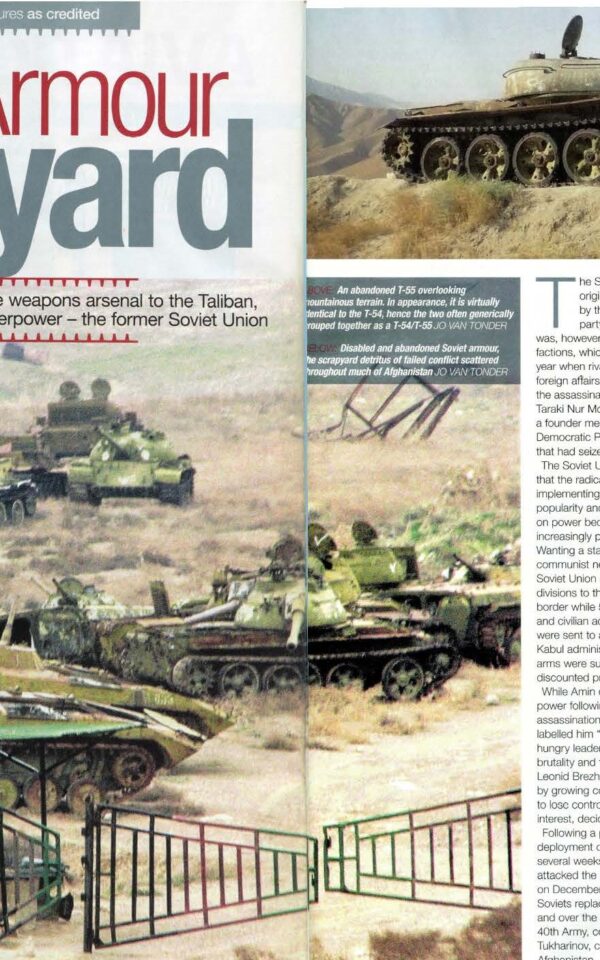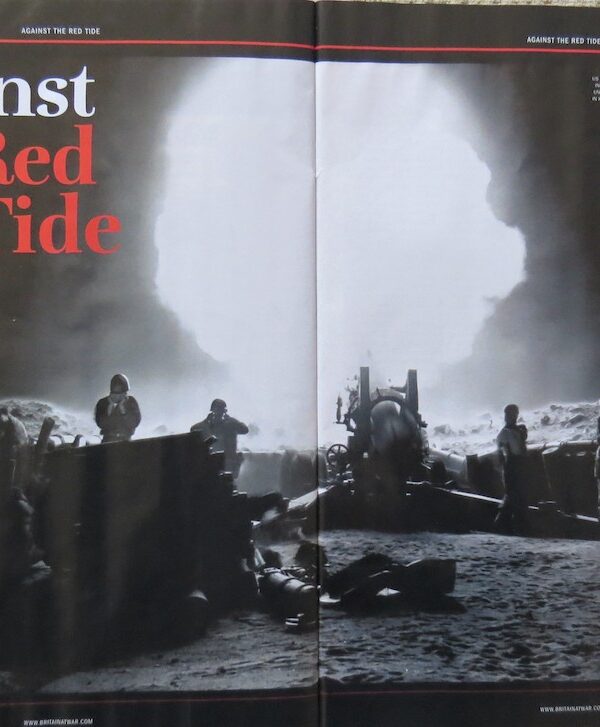Homegrown Solutions: Rhodesian Military Vehicles 1965–80
In the 1960s, the right-wing minority government of Southern Rhodesia (now Zimbabwe) refused to acquiesce to calls for majority rule, electing instead to unilaterally declare itself independent of Britain on 11 November 1965. Almost immediately, nationalist insurgents started to cross into Rhodesia from Zambia to use military means to force the government into submission.

